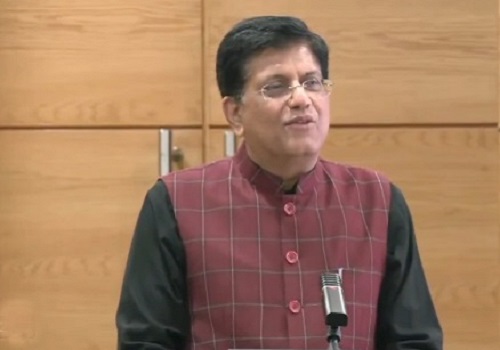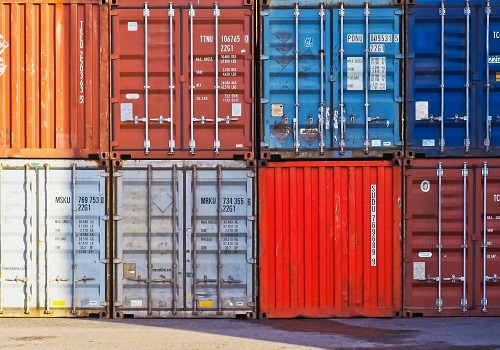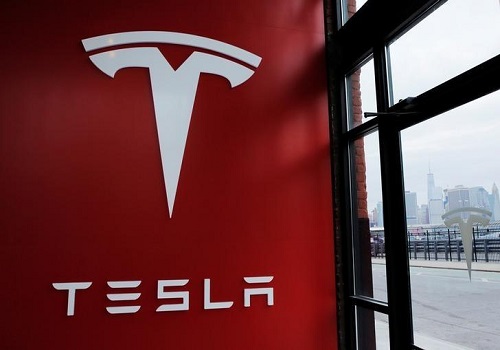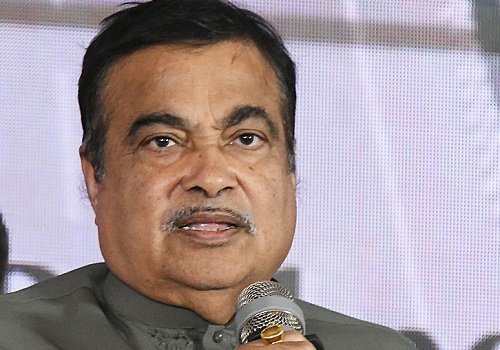Explainer: What India can expect at COP27 climate summit in Egypt?

Follow us Now on Telegram ! Get daily 10 - 12 important updates on Business, Finance and Investment. Join our Telegram Channel
Against a backdrop of weather extremes and geopolitical crises, two upcoming UN summits -- the climate change conference in Egypt and the biodiversity summit in Canada to which India is a crucial Party to both -- are considered to be pivotal moments in global efforts to address the interlinked global warming and extinction crises.
Unlike other "gap" reports, including last week's UNEP Emissions Gap report, which describe a divide between mitigation ambition and the emissions reductions needed to achieve the climate goals to be discussed at the UN Framework Convention on Climate Change (UNFCCC) Conference of Parties (COP27) in Sharm El-Sheikh, Egypt, from November 6-20.
The biodiversity meeting named COP15, the biggest conference in a decade, in Montreal, Canada, is expected to deliver a biodiversity agreement on par with the Paris Agreement -- a legally binding international treaty on climate change that was adopted by 196 Parties at COP21 in Paris in December 2015 with the goal to limit global warming to well below 2, preferably to 1.5 degrees Celsius, compared to pre-industrial levels.
What India can expect at COP27?
The main focus this year will be on climate financing where India will push for better financing for G20 countries.
Power and New and Renewable Energy Minister R.K. Singh said the International Solar Alliance would "take up the cause" of demanding delivery of the Paris Agreement's $100 billion per year climate financing pledge, which was supposed to run from 2020 to 2025 before increasing thereafter.
According to the latest OECD analysis, the climate finance provided and mobilised by developed countries for climate action in developing countries reached $83.3 billion in 2020.
This is a further four per cent increase from 2019 and followed a one per cent increase from 2018 to 2019. However, it still falls short of the goal for developed countries to provide and mobilise $100 billion a year for developing countries by 2020. The increase in 2020 climate finance was primarily driven by a rise in public flows.
India's updated climate plan comprises 45 per cent reduction in emissions intensity by 2030 and to reach 500 GW of non-fossil installed capacity by 2030.
Future technologies including green hydrogen, offshore wind, off grid and decentralized renewable energy applications need to be adapted.
A new report by BloombergNEF (BNEF) states that India will require $223 billion investment in order to meet its goal of wind and solar capacity installations by 2030 as in its updated Nationally Determined Contribution (NDC), India has committed to 50 per cent cumulative electric power installed capacity from non-fossil fuel-based energy resources by 2030.
This will necessitate the need to attract private finance.
Climate negotiators say the recent slew of policies show India is serious about meeting its 2030 decadal targets, which can set the pathway for its 2070 net-zero decarbonisation, pledged by Prime Minister Narendra Modi in November at the COP26 climate summit in Glasgow, Scotland.
UNFCCC defines climate finance as "local, national or transnational financing, drawn from public, private and alternative sources of financing, that seeks to support mitigation and adaptation actions that will address climate change".
Climate finance is necessary for mitigation because large-scale investments are required to significantly reduce emissions. It is also equally important for adaptation, as significant financial resources are needed to adapt to the adverse effects and reduce the impacts of a changing climate.
The Green Climate Fund (GCF) will play a major role in supporting India to make this transition. But central banks and other financial institutions will have to step up their game.
What's needed is a multi-sovereign de-risking mechanism.
R.R. Rashmi, Distinguished Fellow at The Energy and Resources Institute, said India hasn't benefited much from the $100 billion climate finance.
"The capital flows to the Green Climate Fund (GCF) have been very little, the total capitalisation of GCF is $10-12 billion and out of that only $3-4 billion has come from international sources.
"Further to that only six projects are being implemented in India with GCF funding and those too are very small in size. Almost 95 per cent of the $100 billion finance has gone to other developing countries. Therefore, $100 billion is not so important for India but it is important for other developing countries and gives an important signal.
"It's an unresolved issue that is still pending. We have resolved the question of NDCs, the question of mitigation largely, maintaining 1.5-2 degrees goals and large economies now have net zero goals, but this $100 billion discussion is yet to be resolved."
On the expected focus areas at COP27, he said: "We will have to come up with a principle for finance just like we've come up for NDCs, whether it is relative or absolute, we need a certain principle for contribution. There are some principles already in existence, like the UN principle, but for the GCF and any finance operating entities of COP, there are no principles. I think establishing this principle will become one of the main finance issues at this COP."
Shreeshan Venkatesh, Climate Policy Lead with Climate Trends, believes the COP is happening at a time of global churn and a lot of the issues important in the collaborative climate effort are now magnified.
"Being the COP of implementation and the global contexts, climate finance has assumed special importance. While climate finance is scaling, this seems to be circumstantial and skewed towards low-risk developed markets. There are a lot of reforms that need to take shape for a comprehensive financial response to the challenge that climate change and climate action pose.
"While one cannot imagine all the questions around required reforms to be answered during the COP, it could be a point of convergence for these discussions and the expression of these needs. Financial risk mitigating mechanisms, long-term finance goals and some clarity on how carbon markets and pricing will shape up are likely to be important points that determine the course of global climate finance flows."
With the ongoing Russia-Ukraine war and the energy crisis in Europe compounding the woes of world that has been wreaked by extreme weather events and its devastating impacts, particularly in the developing world, TERI delegates note that COP27 should be resolving issues related to enhanced transparency framework, mobilization of long-term climate finance, adequacy of mitigation commitments by the Parties, the Global Goal on Adaptation, implementation of Article 6 (market-based mechanisms), the Warsaw international mechanism for loss and damage, and the implementation of gender-responsive climate actions.
The TERI delegation headed by Vibha Dhawan, Director General, said: "Considering the particularly fraught world in which COP27 is set to unfold, and the continuing and devastating impacts of extreme weather events felt across the globe, it is imperative that the session at Sharm El-Sheikh engages with and tries to resolve issues related to long-term climate finance and the mechanisms for loss and damage."
As UN Secretary-General, Antonio Guterres says: "COP27 must provide a clear and time-bound roadmap on closing the finance gap for addressing loss and damage. This will be a central litmus test for success at COP27."
The UN estimates that the current cost of meeting adaptation needs is $70 billion. By 2050, it could reach $500 billion. According to the Carbon Disclosure Project, just for water risks alone, the costs of doing nothing is five times that of acting today.
As recent extreme weather events across the developing and developed world showed adaptation is not just for the most vulnerable, host Egypt in a message sums up acethe world needs to come together to act now to save lives and livelihoods.
It is time for implementation.
























